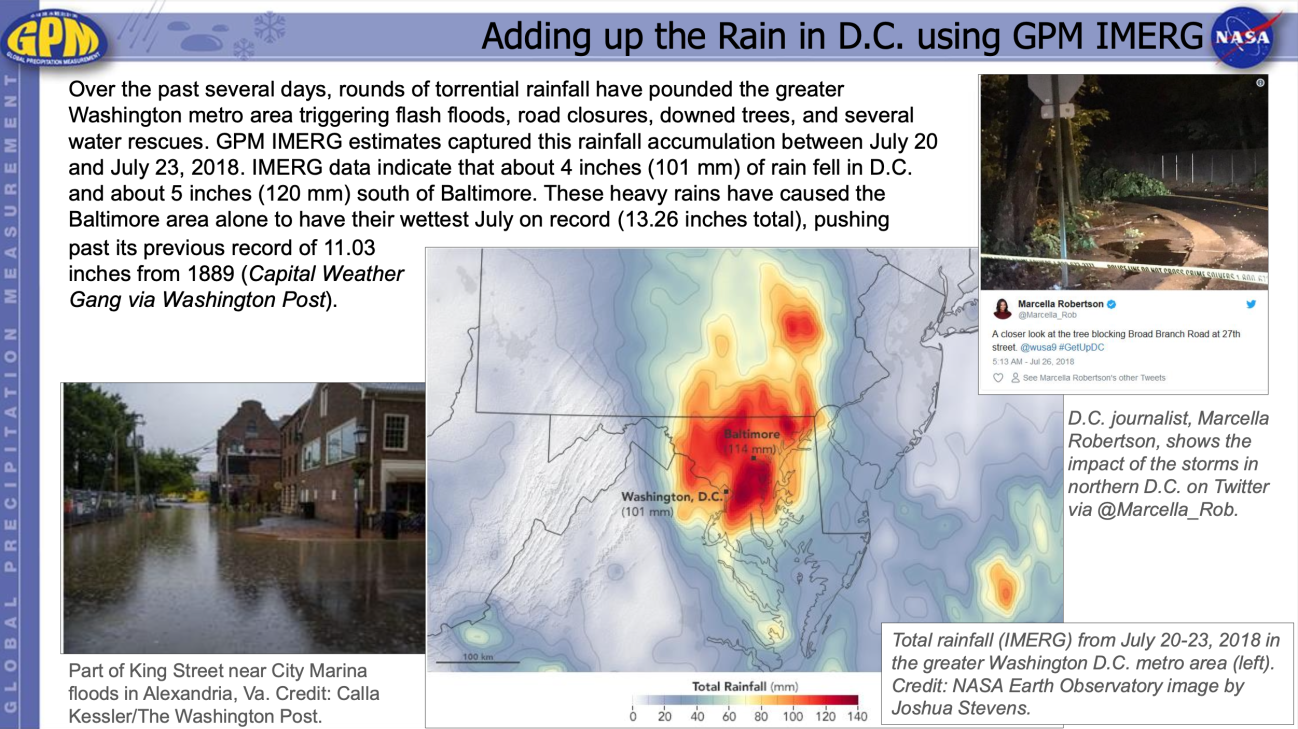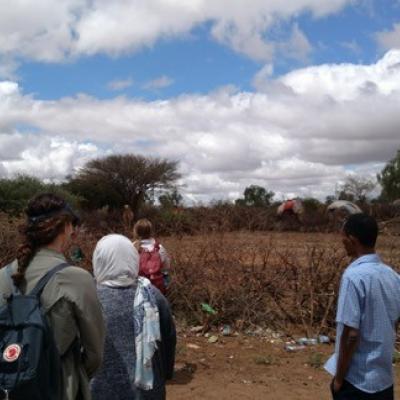Health
Precipitation extremes, from heavy rainfall to droughts, pose great risks to a country’s economic development and their societal health. Throughout the world, standing water and flooding as a result from heavy rainfall has created vulnerabilities to waterborne disease outbreaks, indoor air quality problems, to infrastructure damage including roads, buildings, and industrial facilities. Drought and extreme heat conditions have been associated with a broad set of health hazards including degraded air and water quality, have impacted human migration, and have damaged transportation such as roads, rail lines, and airport runways. The Development and Public Health Applications area encourages the use of satellite precipitation data from the GPM mission in development decisions and public health, particularly involving socioeconomic development issues and infectious diseases.




